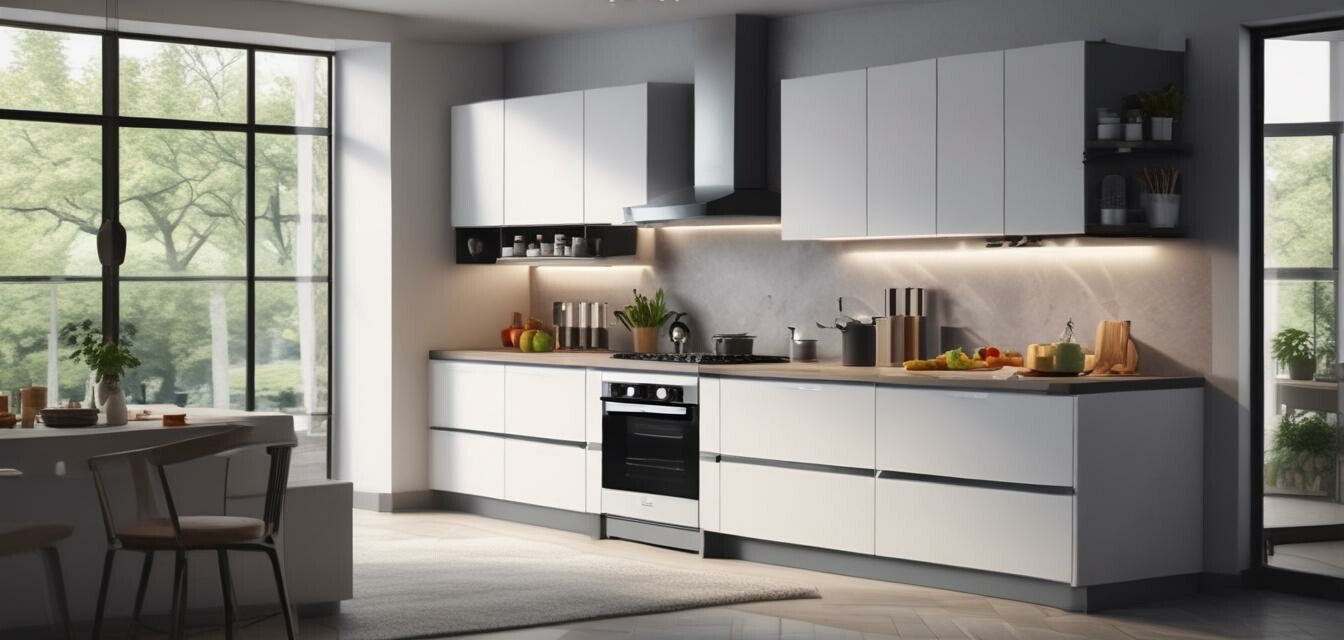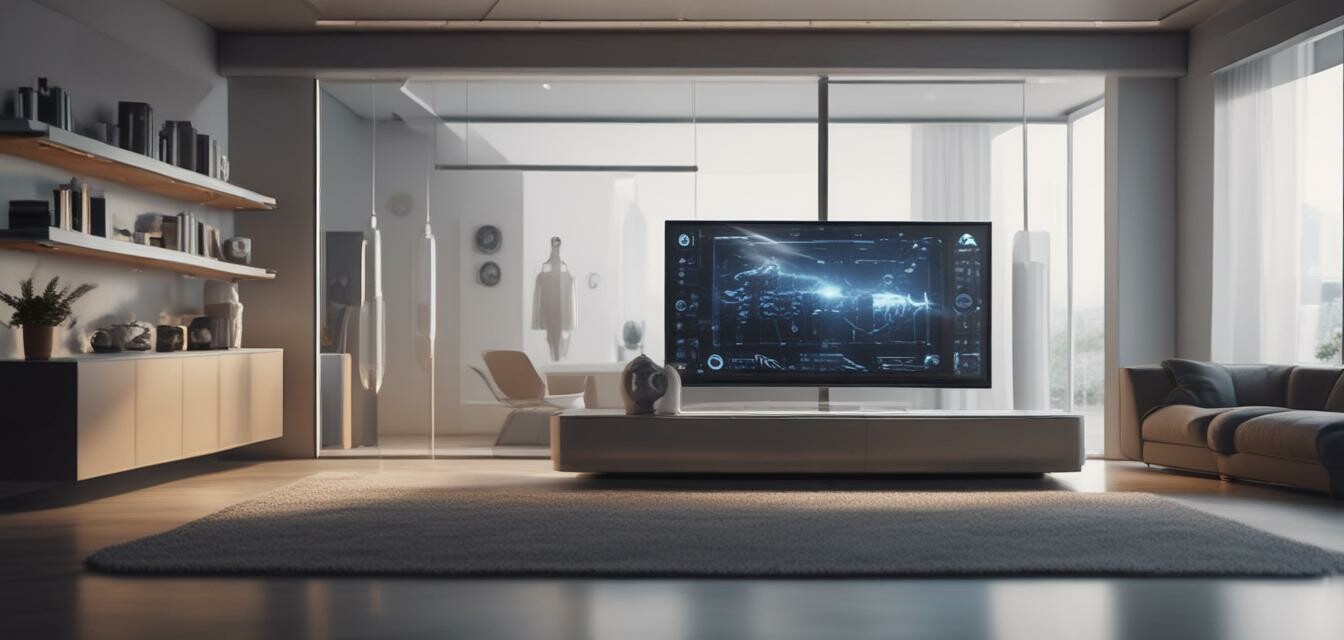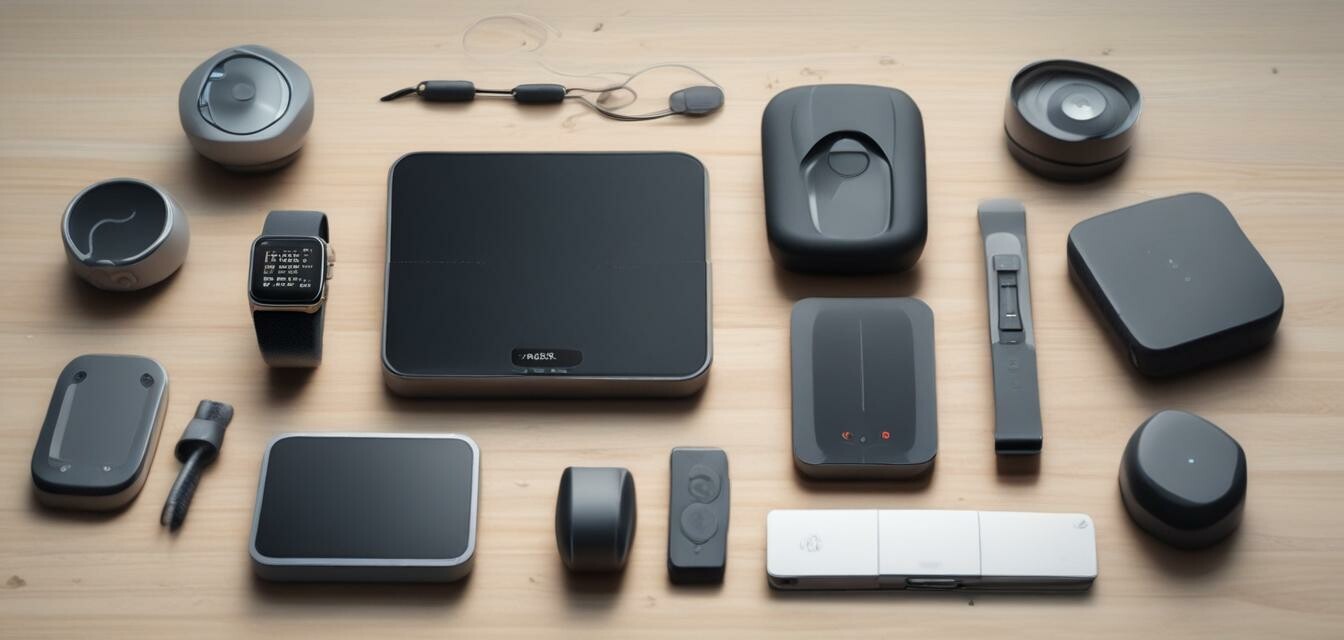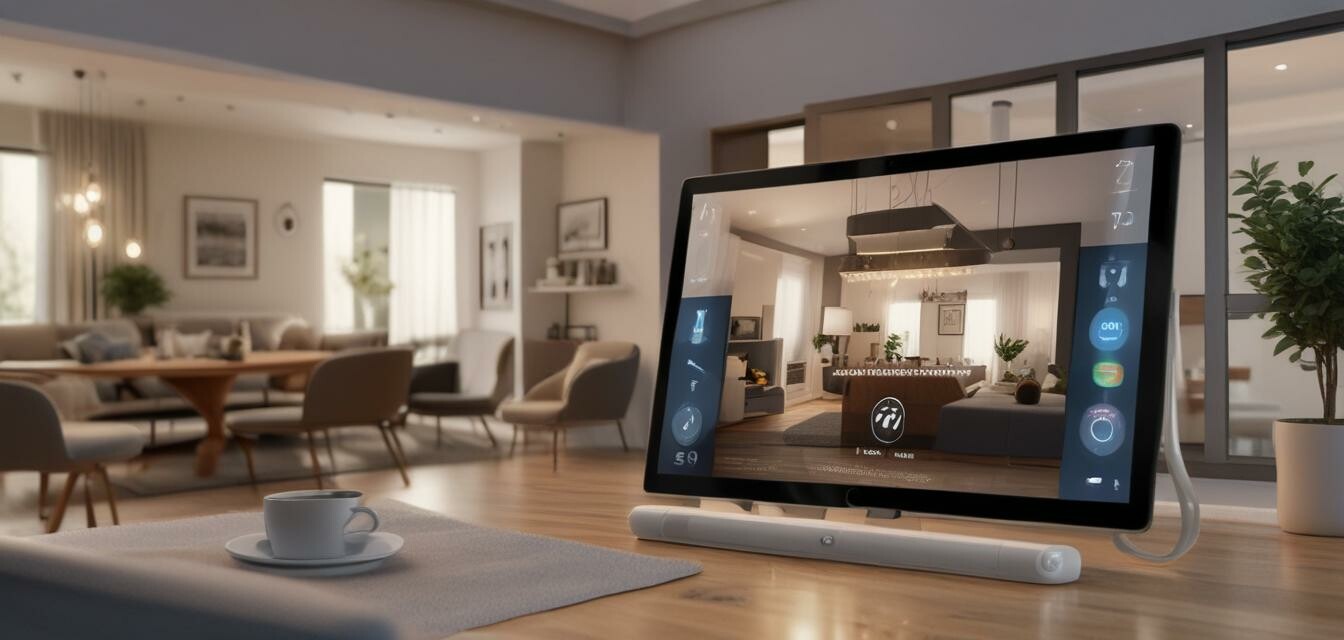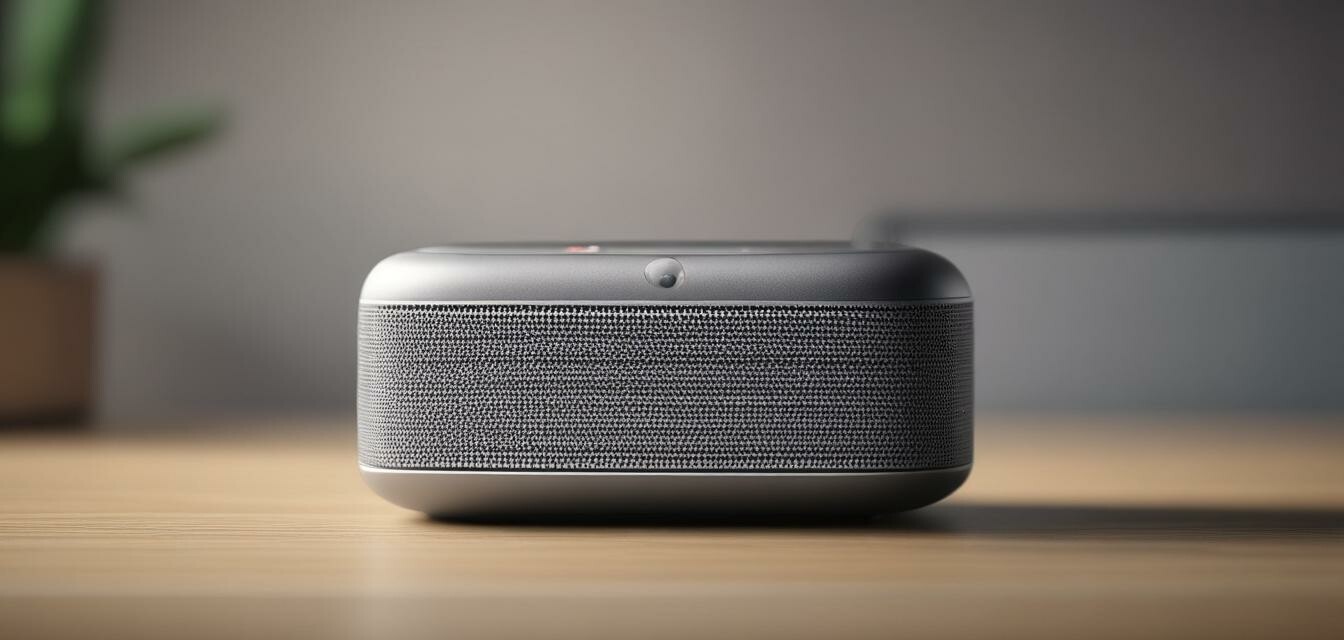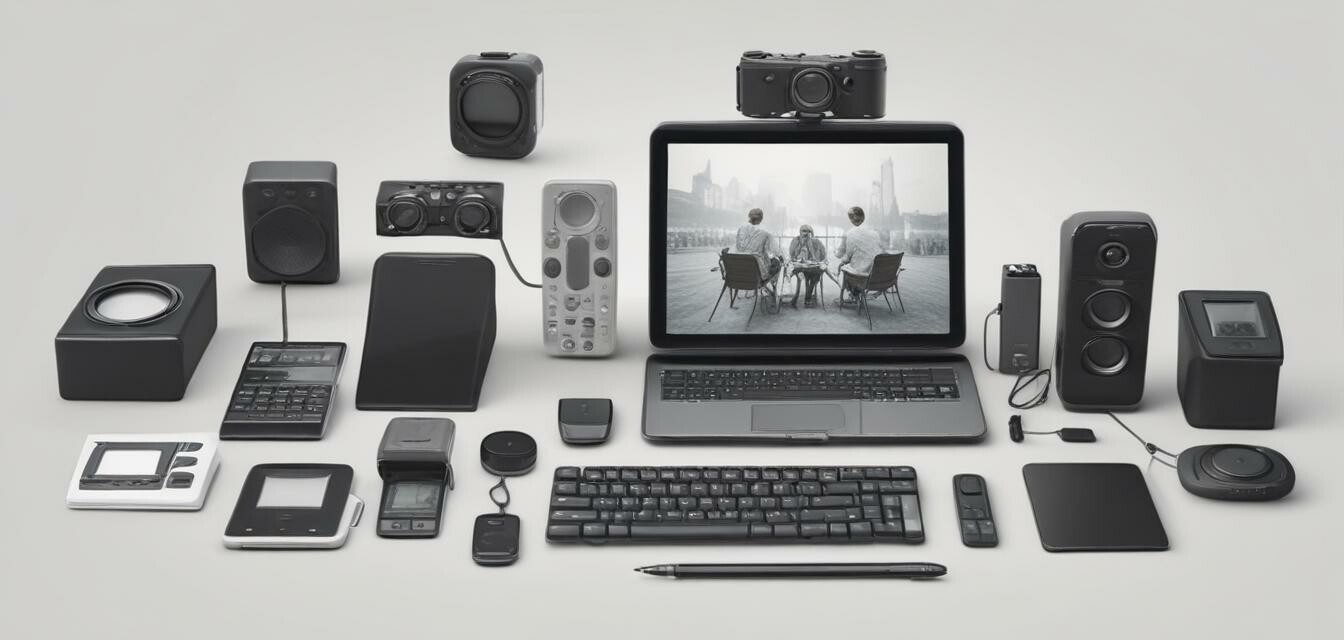
Communication Devices for Seniors
Key Takeaways
- Communication devices enhance connectivity for seniors, promoting safety and well-being.
- Devices like smart home assistants and specialized tablets cater to seniors' unique needs.
- Understanding different options can help caregivers and families select the best solutions.
As technology continues to evolve, communication devices designed for seniors have become increasingly important in helping them stay connected with their loved ones and caregivers. This article explores various innovations that simplify communication and enhance the lives of seniors.
Why communication devices are essential for seniors
In an age where staying connected is pivotal, communication devices specifically designed for seniors serve vital functions. These devices can:
- Promote social interaction, reducing feelings of loneliness
- Improve safety by enabling quick contact in emergencies
- Support independent living while ensuring family members can check in easily
Types of communication devices for seniors
| Device Type | Description | Benefits |
|---|---|---|
| Smart Home Assistants | Voice-activated tools that respond to inquiries and assist with tasks. | Hands-free communication and convenience. |
| Tablets and Smartphones | Touchscreen devices with apps tailored for seniors. | Easy access to family, social media, and entertainment. |
| Emergency Alert Systems | Devices that allow seniors to call for help with a simple push of a button. | Peace of mind for both seniors and caregivers. |
| Video Call Devices | Simplified devices dedicated to video chat functionality. | Facilitates face-to-face interaction without technical complexity. |
Smart home assistants: A powerful communication tool
Smart home assistants, like Google Nest and Amazon Echo, have emerged as invaluable resources for seniors. They offer a variety of features, such as:
- Voice Activation: Easily make calls, send messages, or listen to music through simple voice commands.
- Integration: Connect with other smart home gadgets, enhancing overall safety and convenience.
- Reminders: Set reminders for medications, appointments, or events.
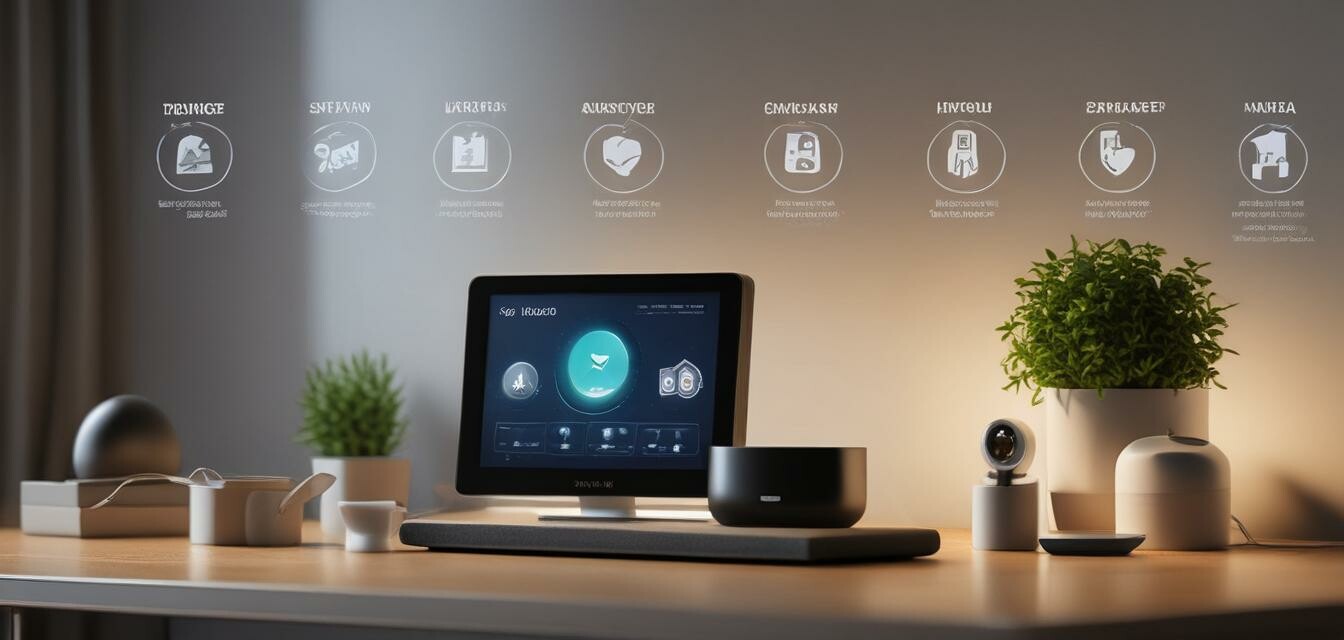
Tablets and smartphones for seniors
Modern tablets and smartphones have been redesigned with seniors in mind. Features that make them senior-friendly include:
- Larger buttons: Simplified interfaces allow for easy navigation.
- Accessibility settings: Text-to-speech, voice commands, and larger text options are available.
- Video chat capabilities: Stay connected visually with family and friends.
Check out our guide on connected home assistants to learn more about how these devices can help seniors.
Emergency alert systems for peace of mind
Emergency alert systems are an essential tool for seniors, providing immediate access to help when needed. These systems usually include:
- Wearable buttons: Seniors can wear pendants or wristbands to enable one-button access to emergency services.
- Mobile connectivity: Connect directly to family or emergency contact lists with a simple push.
- 24/7 monitoring: Many systems come with round-the-clock monitoring services.
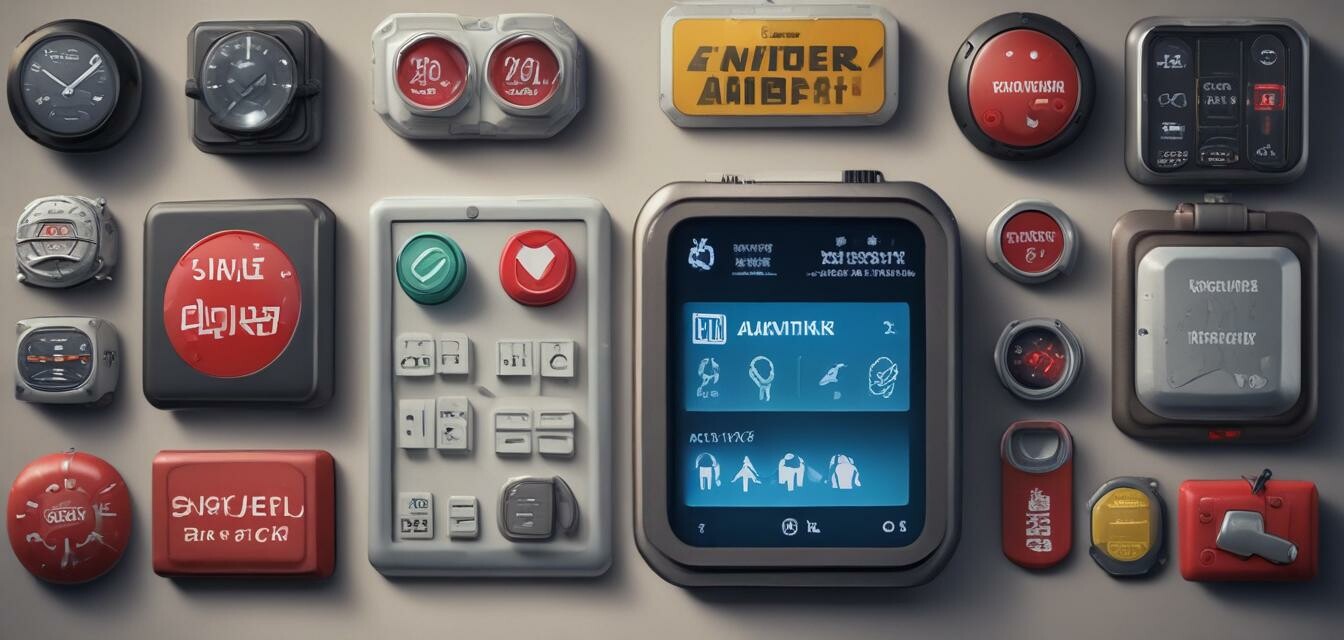
Video calling devices: Keeping faces close
Video calling has changed the way seniors interact with their family and friends. Devices specifically designed for video calls offer:
- Simplified interfaces: Easy to use, with large buttons and intuitive design.
- Dedicated functionalities: Focus solely on video calling without distractions.
- High-quality video and sound: Ensure clear communication with loved ones.
Considerations when choosing communication devices
When selecting communication devices for seniors, consider the following:
- User-friendliness: Choose devices designed with simplicity in mind.
- Technical support: Confirm that reliable customer support is available for troubleshooting.
- Durability: Look for products that can withstand wear and tear.
Pros
- Enhances social interaction for seniors.
- Provides peace of mind for families and caregivers.
- Promotes independence while ensuring safety.
Cons
- Technology may be overwhelming for some seniors.
- Costs can accumulate depending on the devices chosen.
- Some devices may require regular updates or maintenance.
Additional resources and information
For more insights into how technology can aid seniors, check out our articles on home security solutions, health monitoring devices, and smart entertainment systems.
Tips for beginners
- Start with one device and gauge how the senior adapts to it.
- Provide training or assistance to help them become comfortable.
- Regularly check in to see if any adjustments are needed.
In conclusion, communication devices for seniors are crucial in helping them maintain connections and independence as they age. By understanding the options available, families and caregivers can better select the appropriate technology that meets the needs of their loved ones.

